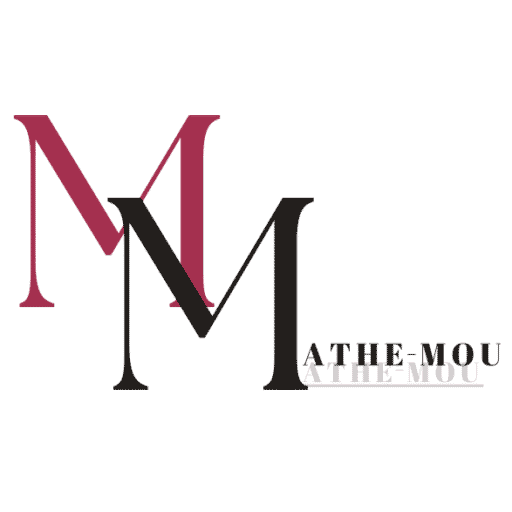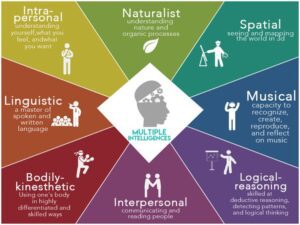/hɛˈləʊ! haʊ ɑː juː? aɪ həʊp ðɪs ˈɑːtɪkᵊl faɪndz juː wɛl!/
No this isn’t an incantation for some occult ceremony. It is just the phrase “Hello! How are you? I hope this article finds you well!” written in the International Phonetic Alphabet (IPA), which is a set of symbols used by linguists to describe the sounds of spoken languages.
It can be applied to any spoken language. Let me demonstrate:
/ˈola me ˈʎamo ˈxwan/ says “Hola! Me llamo Juan” in Spanish.
/( 九つ : /kokonotsɯ/ )/ says “nine” in native Japanese reading.
Some history:
IPA was created in the 19th century by European teachers and linguists under the guidance of Paul Passy.
The main reasons behind its creation are the following:
- To represent sounds of languages that do not have a one-to-one correspondence between their writing systems and spoken sounds. For example, in English which is a non-transparent language i.e. what you write is not what you read, if you take a look at the words ‘rose’ and ‘lose’ their dictation implies they sound the same. Ha! You wish! Take a look again: /rəʊz/ and /luːz/, see the difference?
- Not all letters sound the same across languages. For instance, in Spanish, the letter ‘j’ is usually pronounced \h\ or /x/ as in “Juan” in the example above, while in French the same letter usually sounds /ʒ/ as in “rouge”.
- There are too many details and exceptions to be captured in a single alphabet.
Some other (more boring) reasons:
- Transcription of Dialects: To transcribe regional dialects and accents accurately, preserving their phonetic distinctions.
- Language Documentation: To aid in the documentation and preservation of endangered languages by capturing their unique phonetic features.
- Linguistic Research: To facilitate linguistic research and analysis by providing a consistent way to transcribe spoken language.
- International Communication: To aid in communication between linguists, language learners, and speakers of different languages.
- Pronunciation Guides: To provide accurate and universal pronunciation guides for dictionaries, language learning materials, and language teaching.
- Speech Pathology: To assist in speech pathology and the study of speech disorders by providing precise representations of speech sounds.
It’s important to highlight here that even the IPA is not perfect and there are even more specialized tools, called spectrograms, to depict difficult cases. Also, how universal can an alphabet created by European, white, men be, since it was designed using the Latin alphabet as a basis for people already familiar with it?
So why do we care?
Because IPA despite its limitations, can be used as a pronunciation compass for language learners as it can help you, and me, and all of us check how something is pronounced. So do you have to learn IPA, too? Of course not, stop tearing your hair out!
IPA represents 107 different sounds but in English, we use only 44, so it would be nice to check these sounds and see if there are any which might be new to you. The International Phonetic Alphabet (IPA) (cambridge.org): this page can really help you do that. In addition, in most Companions or word lists, there is the transcription of the word in question to facilitate pronunciation. Finally, the Internet can really be of help since now most online dictionaries and even Google itself can show you the phonetic transcription of a word, phrase, or text and pronounce it for you as well even in different accents (a lively clap here people, all hail technology!)
If you are one of those (few) people who are really interested in phonetics then you can check the interactive IPA chart to hear how individual sounds are pronounced and understand their differences.
/ðə bɛst skiːm ɒv fəʊˈnɛtɪks ɪz ə stɪf ʌnˈsɜːtᵊn θɪŋ.
ˈtɒməs ˈɛdwəd braʊn/*
*Now you can use this to find out what the quote above says, farewell!




